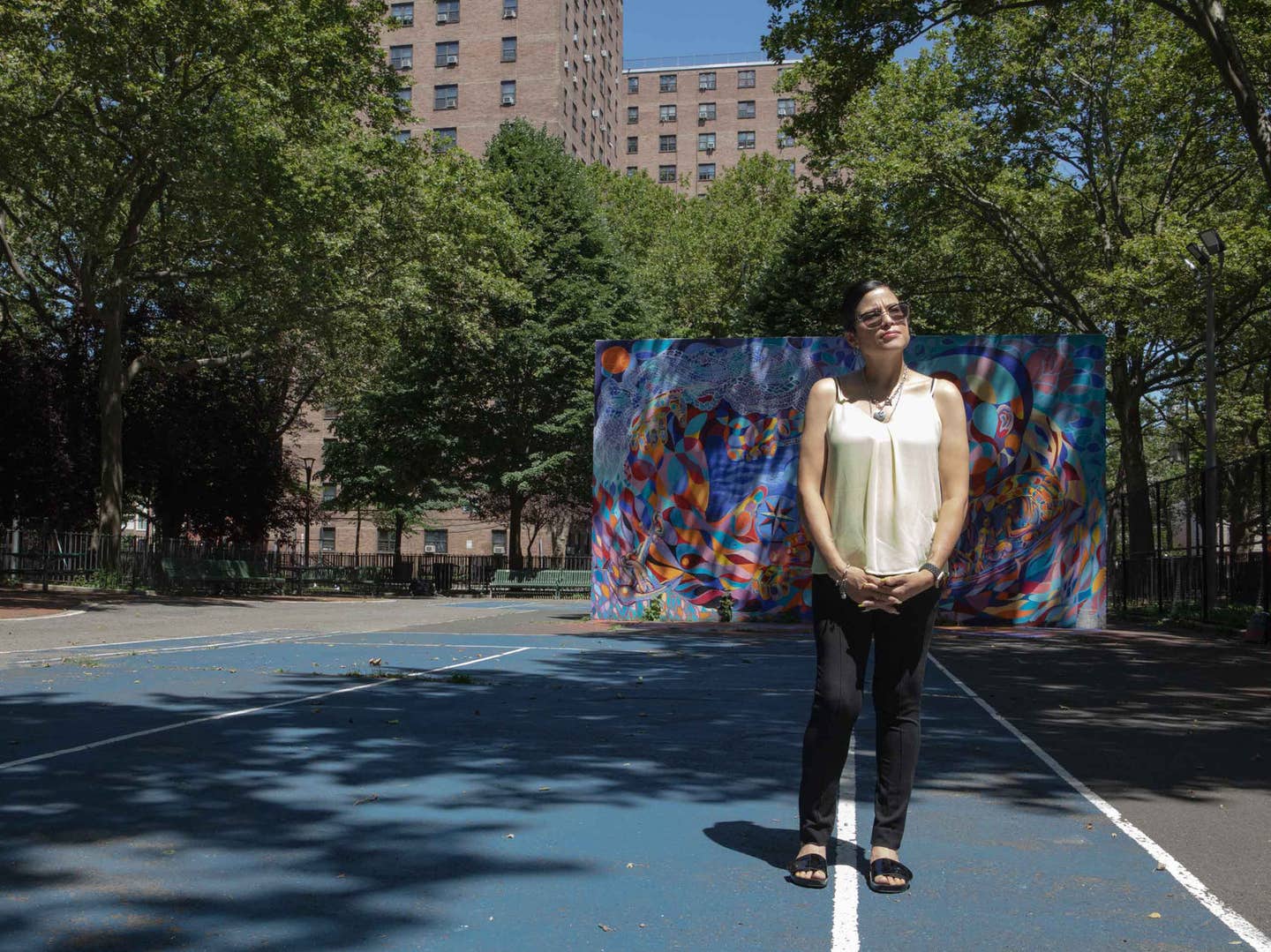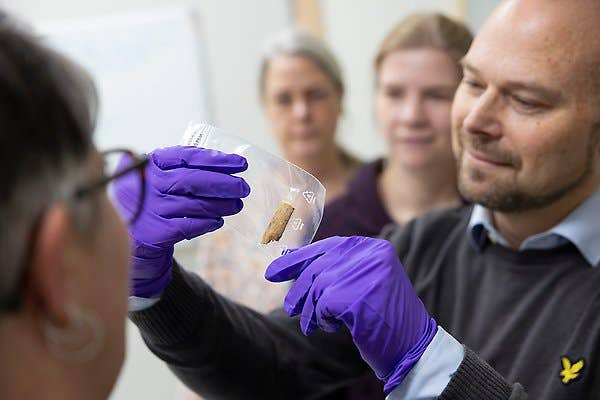‘Love And Solidarity’: Amid Coronavirus, Mutual Aid Groups Resurge In New York City
[July 26, 2020: NPR] Nancy Perez, a 45-year-old resident of the Brooklyn, N.Y., neighborhood of Bedford-Stuyvesant, contracted COVID-19…

[July 26, 2020: NPR]
Nancy Perez, a 45-year-old resident of the Brooklyn, N.Y., neighborhood of Bedford-Stuyvesant, contracted COVID-19 in March. She stayed quarantined in her room for a month to isolate from her two sons and grandson.
A few days before she got the virus, she'd met a volunteer with Bed-Stuy Strong — one of the many mutual aid groups around the country that have rallied to provide help in the face of the pandemic. Bed-Stuy Strong assembled an army of volunteers to help vulnerable neighbors with food deliveries and basic supplies. While Perez was in isolation, volunteers regularly delivered cooked food for her sons, ages 17 and 20, and her 4-year-old grandson.
"If it wasn't for them, we wouldn't have survived my quarantine and any other stuff that's been going on," said Perez, who receives disability benefits and scavenges the city for items she can sell to help cover the family's and others' expenses.
Since recovering, Perez has been helping deliver food with other volunteers and she says she's gotten to know neighbors she never would have met before — she stays in constant communication with other volunteers.
Like these kind of stories? Get The Brighter Side of News' newsletter.
"I say it so happily that my tears are coming out right now. Because it's so refreshing," she said. "There is no age, there is no color, there is no race within Bed-Stuy Strong."
People are hurting financially and medically from the coronavirus pandemic. Millions of Americans are unemployed and food insecurity has doubled since the pandemic began. The struggle is widespread, overwhelming public welfare programs in some cases. Many people are looking to their next-door neighbors for help.
New York City has seen an influx of mutual aid groups — a website called Mutual Aid Hub reports 59 operating in the city now. Though the concept is not new, such efforts have gained energy and attention during the pandemic. Mutual aid involves ordinary people volunteering their time and resources to help one another when the government or large institutions have not adequately addressed their needs.
Bringing together new neighbors and old
The resurgence of mutual aid has meant that in rapidly gentrifying neighborhoods, these efforts may bring neighbors from different backgrounds closer together.
Alyssa Dizon, a 26-year-old product manager at an urban technology company, volunteers with Bed-Stuy Strong, helping to manage the online system that coordinates grocery deliveries. She moved to the area from New Orleans less than a year ago and found herself meeting more neighbors in the past couple of months while helping with the mutual aid than in the nine months before that.
"So, I am a gentrifier and I'm new to New York," Dizon said. "I feel more connected to this neighborhood now than I have before, and I have heard that sentiment even from people who've lived here much longer."
Willie Tolliver, an associate professor of social work at Hunter College, part of the City University of New York, said mutual aid is deeply rooted in African American and immigrant communities. In his research, he's traced mutual aid among African Americans in New York City to as early as the late 1700s. He noted the mutual aid ideology embodied by the Black Panther Party, which coordinated free breakfast programs and errands for the elderly.... MORE



